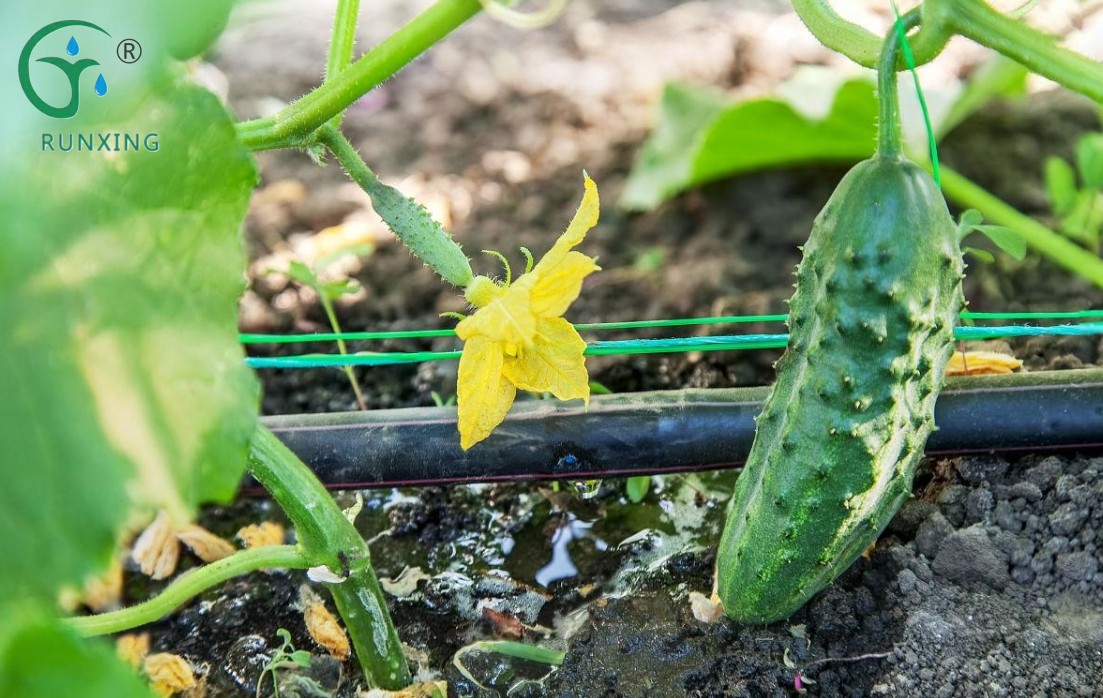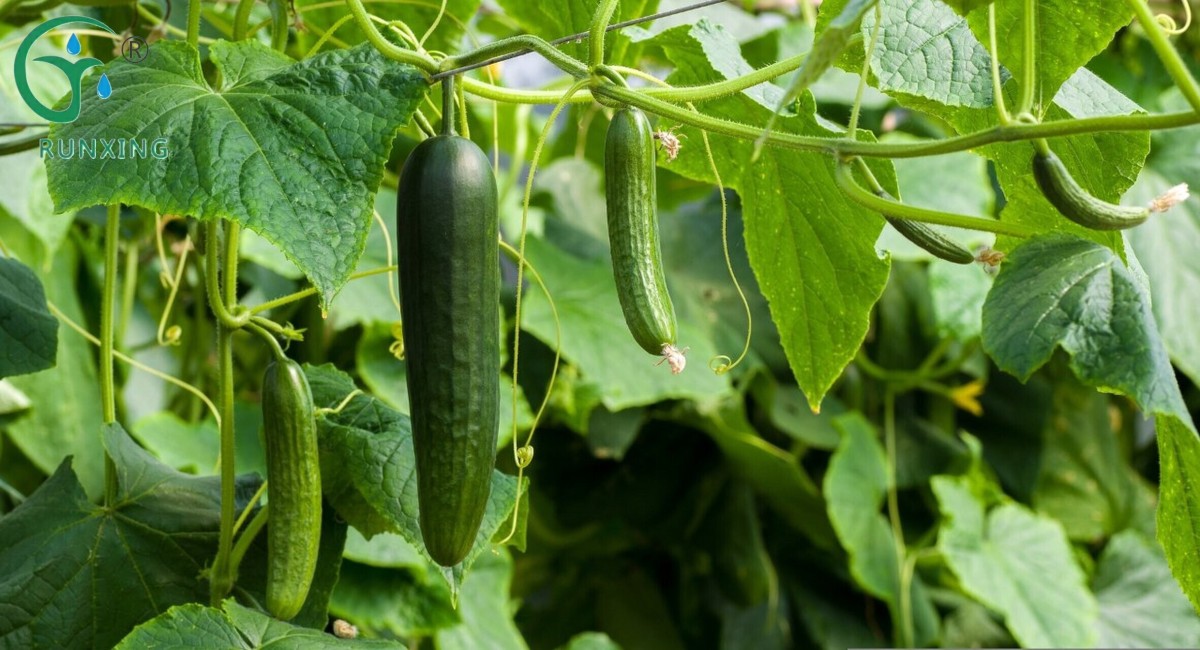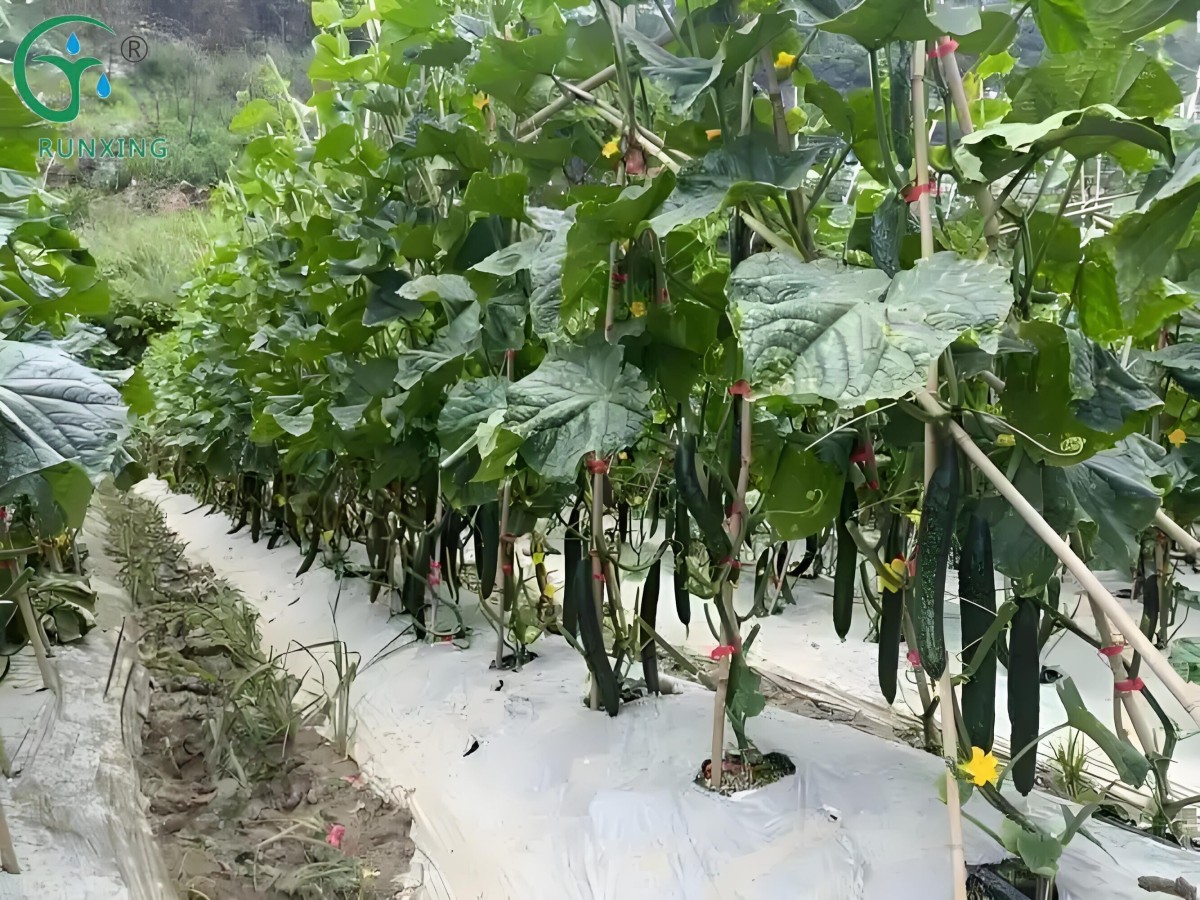Columbia Cucumber Cultivation and Drip Irrigation Facility Science Popularization
Cucumber, as a common fruit and vegetable crop, is widely cultivated globally, including in Columbia. In regions like Columbia, the rational application of drip irrigation systems can significantly enhance cucumber yield and quality. This article will provide a detailed introduction to whether drip irrigation is necessary for cucumber cultivation in Columbia, what drip irrigation equipment is required, how to lay and install it, how much water is needed, how to control it, how to better cultivate cucumbers, and offer some practical cultivation tips.

Is Drip Irrigation Necessary for Cucumber Cultivation?
Cucumbers have high demands for water and nutrients during growth and require precise irrigation and fertilization. In Columbia's climate, drip irrigation systems are crucial for improving cucumber yield and quality. Drip irrigation not only effectively reduces water evaporation and deep leakage but also increases the utilization efficiency of water and nutrients, promoting the growth and development of cucumber roots.
What Drip Irrigation Equipment is Needed?
Drip irrigation systems typically consist of the following main components:
Drip Tape: Choose drip tape suitable for cucumber growth and soil conditions, such as thin-walled drip tape with dripper spacings of 20 to 40 cm and flow rates of 1.5 to 2.5 liters per hour.
Filters: Prevent impurities in the water from clogging drippers.
Valves and Pressure Regulators: Used to control the pressure and flow rate of the irrigation system.
Fertigation Devices: Dissolve soluble fertilizers in water and transport them to the cucumber roots along with the irrigation water.

How to Lay and Install Drip Irrigation Equipment?
Land Preparation: After soil preparation, lay the drip tape flat between the two rows of cucumbers in the planting trench. For lateral labyrinth drip tape, lay it flat with the correct side facing up, avoiding rolling and knots.
Drip Tape Arrangement: Typically arranged as one pipe for two rows, with drip tape spacing of 1.2 meters and a laying length of 40 to 60 meters.
Connecting Pipelines: Connect the drip tape to the main pipeline, ensuring no leaks.
System Debugging: Turn on the water source and check if the system is operating normally, adjusting the pressure and flow rate as needed.
How Much Water is Needed and How to Control It?
Generally, cultivating one mu (about 667 square meters) of cucumbers requires approximately 80 to 100 tons of water throughout the growth period. The specific water consumption varies based on climate conditions, soil type, cucumber variety, and growth stage.
To control water consumption, the following measures can be taken:
Smart Management Systems: Install sensors to monitor soil moisture content and environmental parameters, automatically adjusting irrigation schedules.
Drip Irrigation Systems: Precisely control the dripper flow rate and spacing to ensure uniform and precise water delivery to cucumber roots.
Irrigation Strategies: In spring and autumn, water every 3 to 5 days; in summer and winter, the watering frequency can be appropriately reduced, adjusted flexibly based on weather and soil moisture.
How to Better Cultivate Cucumbers?
Variety Selection: Choose suitable cucumber varieties based on the planting season and intended use, such as Jinchun No. 4 and Zhongnong No. 8 for spring field planting.
Seeding and Seedling Cultivation: Sow seeds after the final frost in spring when soil temperature stabilizes above 12°C. In autumn, sow seeds from late July to early August. Seed treatment includes sterilization and germination promotion.
Land Preparation and Fertilization: Select deep, fertile, and well-drained soil, applying sufficient base fertilizer, typically 3,000 to 5,000 kg of fully composted manure, 20 to 30 kg of calcium superphosphate, and 15 to 20 kg of potassium sulfate per mu.
Transplanting and Planting: When cucumber seedlings have 3 to 4 true leaves, transplant and plant them, with about 3,000 to 4,000 plants per mu.
Field Management: Includes trellising and vine guiding, pruning, temperature management, light management, and water management. Cucumbers are vine plants that require timely trellising and vine guiding; also, remove lateral branches and weak vines to ensure ventilation, light penetration, and concentrated nutrient supply.

Cultivation Tips
Temperature Management: Cucumbers prefer warmth and are not tolerant of cold. The optimal daytime temperature is 25 to 32°C, and the nighttime temperature is 15 to 18°C.
Light Management: Cucumbers require 8 hours of light per day. During the growth period, ensure adequate light exposure to promote flower bud differentiation and fruit enlargement.
Integrated Water and Fertilizer Management: Add soluble fertilizers to the drip irrigation system to achieve synchronous irrigation and fertilization, precisely controlling fertilizer application rates and timing.
Pest and Disease Control: Focus on prevention, comprehensive control, and rotation of pesticides. Pay attention to greenhouse membrane covering and disinfection, using insect-proof nets, yellow and blue insect traps for physical control.
Through these measures, cucumber farming in Colombia can fully utilize drip irrigation facilities, enhance the efficiency of water and nutrient utilization, promote healthy growth of cucumbers, increase yield and quality, and ultimately bring better economic benefits to farmers.
If you have any needs, please contact us.
About Us
We are dedicated to offering innovative, water-saving, and labor-saving irrigation solutions for agriculture worldwide. Our focus on quality and continuous innovation drives the development and progress of the industr
LOGO
This stunning beach house property is a true oasis, nestled in a serene coastal community with direct access to the beach.
Opening Hours
Monday - Friday : 9AM to 5PM
Sunday: Closed
Closed during holidays
Contact
+18888888888
hezuo@eyingbao.com123 West Street, Melbourne Victoria 3000 Australia
